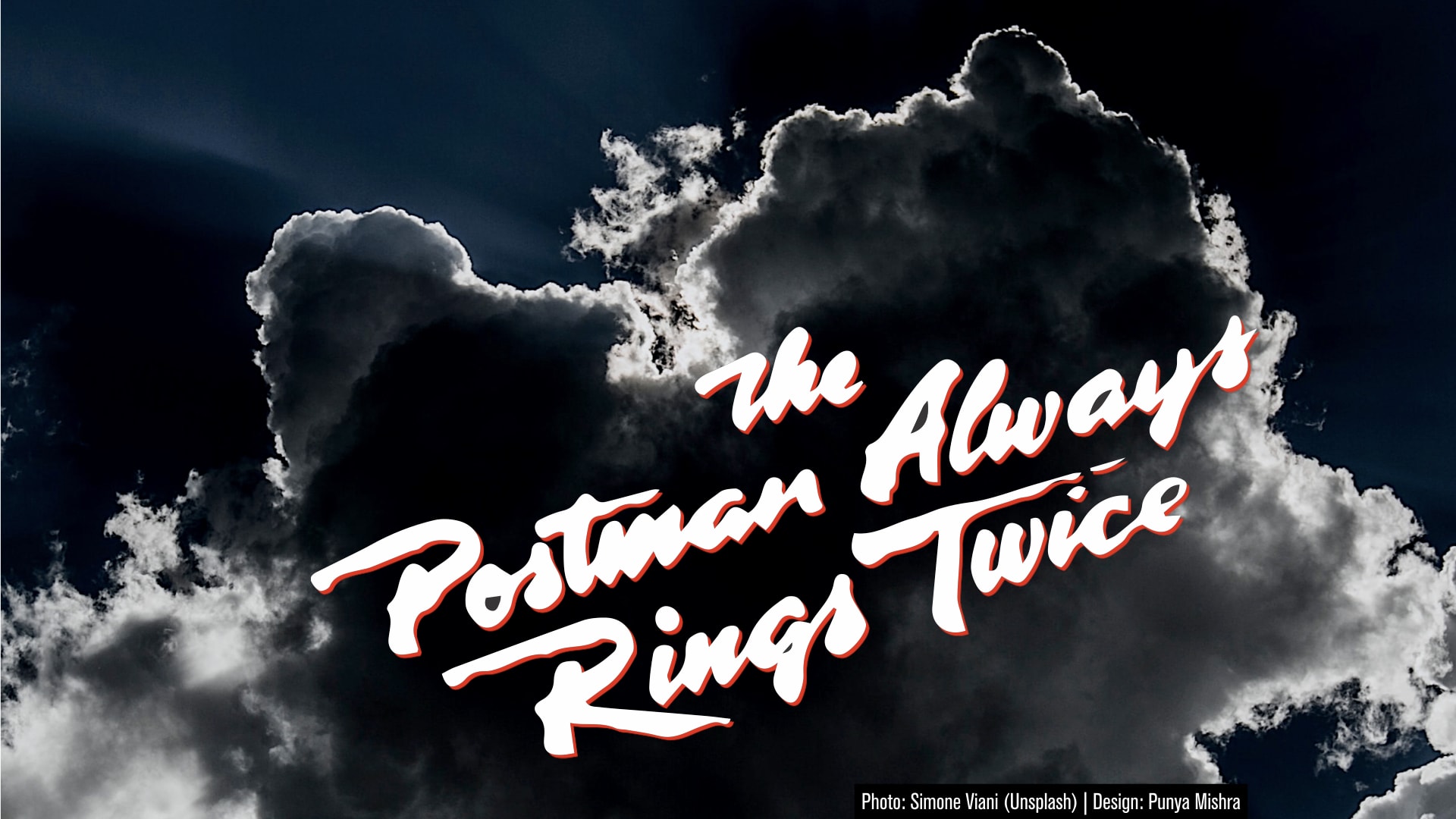A while back I had written about the idea of “serendipitous connectability;” the idea that the web allows us to “to run across things that are stunning in their ability to connect to us in powerful, emotionally touching ways.” I was prompted to do this by clicking on a random link on the We feel fine website that led to someone’s personal blog (one that I, deliberately, didn’t link to and have no real record of).
This idea seems to have been picked up a bit and this is my attempt to sort through and see how it started and how it is developing (note: there already is a mutant version out there). Details below.
In reflecting on the manner this individual’s story touched me I came up with this phrase (serendipitous connectibility) and it appears as if this term has developed a life of its own, a meme that is intent on propagating itself, though mutating as it spreads. I set up this idea in contrast to two others that have received some attention recently, practical obscurity v.s. ambient findabilty, because I didn’t think either of these terms really captured what it was that I was getting at.
My original posting (We feel fine about ambient findability, really) that introduced this idea, didn’t really get much traction, and stayed there, unconnected and, as far as I knew, relatively unread.
Months later I wrote about a posting about Gandhi and ambigrams (Gandhi, ambigrams, creativity & the power of small pieces loosely joined), where I mentioned this idea again in the context of this posting.
This post mentioned David Weinberger and his book Small pieces loosely connected: A unified theory of the web. Lo and behold, David Weinberger found my post and wrote about it on his blog in a post titled, Connected by Ambigrams
, where he attributed his coming across my posting as being, what else, nothing but “Serendipitous Connectability!”
This posting also led to a posting by David Jones on his blog (The Weblog of (a) David Jones) titled: Featured on slideshare – the give and take of social computing where he described a chain of connections, and cited the idea again.
One of the other people who commented on this story was Scott Kim. He told me that he had found my story using the magical technology of Google-Alerts. Of course this prompted me to set up my own Google-Alerts. Over the past few weeks I have been receiving daily email alerts from Google whenever my name or TPACK (one of my research interests) is mentioned anywhere on the web.
This evening, I received my Google-Alert for the day, and in it was a posting titled The power of serendipitous findability by Micah L. Sifry. In his posting Sirfy, a professor and co-founder and editor of the Personal Democracy Forum (a daily website and annual conference on how technology is changing politics) speaks about his speaking at the inaugural gathering of “The Little Idea,” where a groups of people would gather in a bar to hear one person speak for ten minutes. As Sifry says, there would be “no Q&A, and them much imbibing.”
The post, about the value of connections, is worth reading in its entirety but it was what he wrote at the end that caught my attention. He said:
I am indebted to this post by Punya Mishra on “ambient findability” for helping inspire and focus these thoughts. And I have no idea who Punya Mishra is, but it was a chance meeting online that led me to him.
.
There are two things of interest here. First, is the manner in which the idea seems to be spreading. Second, is how this idea seems to have mutated from “serendipitous connectability” to “serendipitous findability.” Sirfy uses the latter in the title of his blog rather than the former (what I had originally written in my post).
I see a subtle but significant distinction between what these two phrases mean. The first emphasizes “connection” while the other stresses on the fact that something can be found. Just because something can be found does not mean that one connects with it, and it was this connection, however unpredictable or random it may be, that I was trying to emphasize. Micah found my post through, as he describes it, “a chance meeting online,” which makes it findable. The fact that he read my post and it resonated with him in some way, enough that he was inspired to use it as an idea for his “little idea” talk, was something else altogether. That was connectability!
So now there are two versions of the idea out there in the world. Two memes – competing to survive among the millions of others. I wonder which one (if any) will survive and how they will mutate in the future. Watch this space…





0 Comments
Trackbacks/Pingbacks